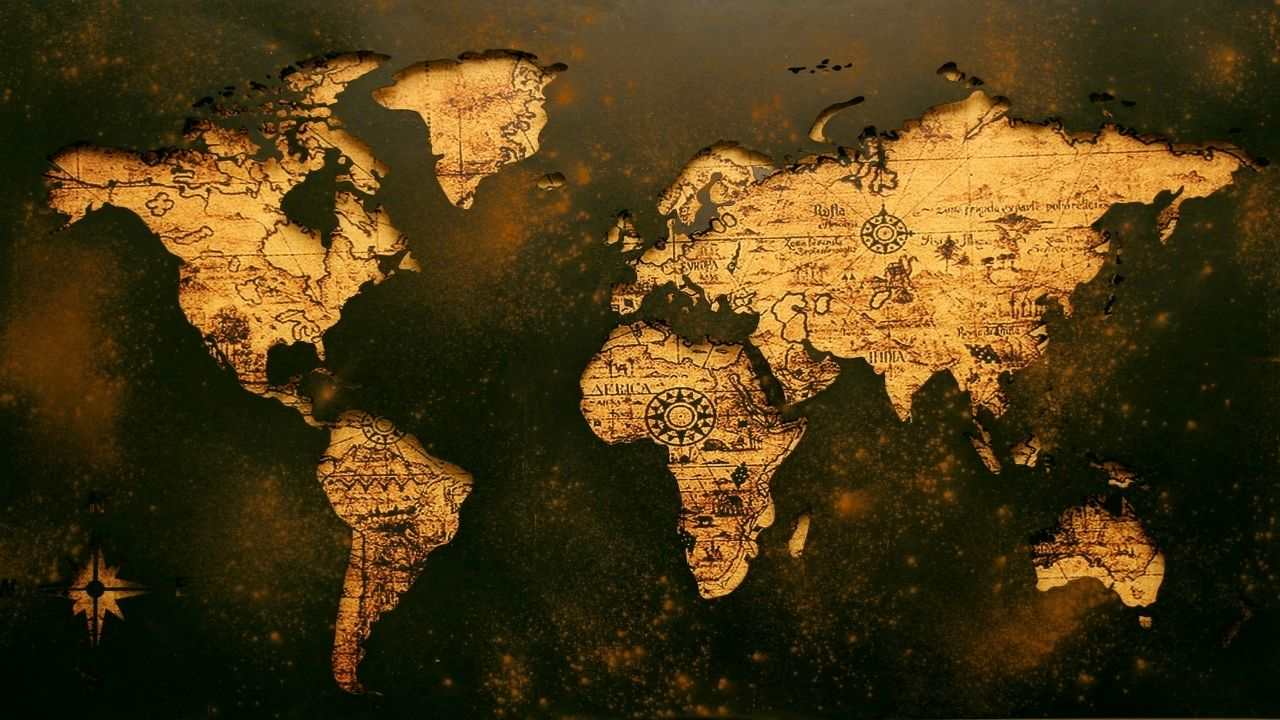
Course Content
Expand All
Lesson Content
0% Complete
0/4 Steps
Lesson Content
0% Complete
0/3 Steps
Lesson Content
0% Complete
0/5 Steps
Lesson Content
0% Complete
0/7 Steps
Lesson Content
0% Complete
0/4 Steps
Lesson Content
0% Complete
0/3 Steps
Weather | Week 11
5 Topics
Expand
Lesson Content
0% Complete
0/5 Steps
Preview this Course

Recent Comments
idayat on Causes of Electoral Malpractices: “I really love the explanation , it was super helpful” Apr 16, 12:20
Login
Accessing this course requires a login. Please enter your credentials below!



Hello everyone
Nice one please keep it up